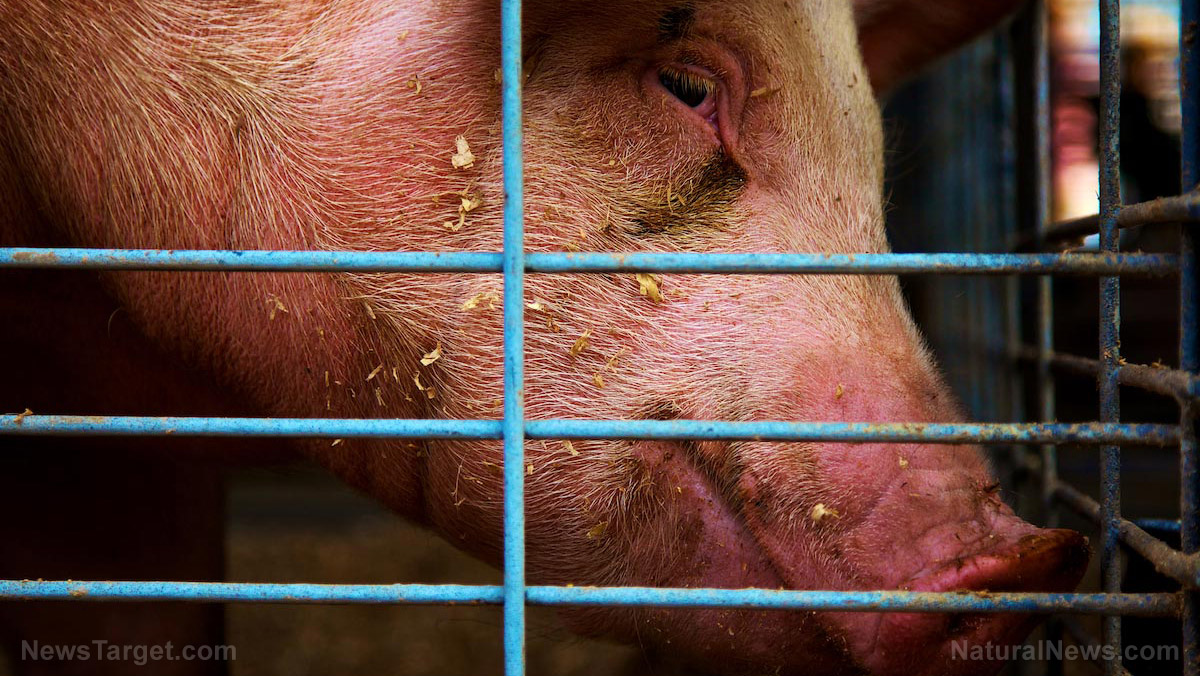Coming soon: GMO wine — experts have discovered the gene in yeast DNA that alters flavor
12/04/2017 / By Vicki Batts

If the biotech industry has taught the world anything, it’s that they just can’t leave well enough alone. The number of foods being targeted for genetic modification continues to grow and now, the industry has set its sights on a popular adult beverage: Wine. Researchers from the VIB Institute in Flanders, Belgium have isolated the gene in yeast that promotes rosy- and honey-like flavors in wine and beer — and they are totally prepared to start taking advantage of it via genetic modification.
The Belgian research team says that injecting the modified DNA into batches of beer and wine could yield new flavors at an unprecedented pace. They say their genetic modification will make developing new beers and wines a breeze and turn the laborious process of flavor development into a cakewalk. According to the team, flavor refinement can be made cheaper, faster and easier with genetic modification — but what about the cost to human health?
As Natural News has consistently reported over the years, GMOs are not as innocuous as their creators purport them to be. While industry-funded, short-term studies may proclaim that there is no risk when it comes to GMOs, independent research has often yielded far different results.
According to Daily Mail, the Belgian scientists “used DNA analysis to study genes in a strain of Saccharomyces cerevisiae, or brewer’s yeast” and were able to identify two genes that are responsible for producing the highest amount of the sweet-flavor compound, phenylethyl acetate. And by using the highly controversial CRISPR/Cas9 technology, the team was able to capitalize on these genes, TOR1 and FAS2.
The Belgian team isn’t the first looking to utilize CRISPR tech to make better beverages. Scientists at the University of Illinois have been using the same method to develop drinks that won’t give you a hangover, too.
CRISPR/Cas9 is often referred to as a “cut-and-paste” technology, which allows scientists to cut away certain genes and replace them with another. Proponents of this technology claim that it is a faster, more streamlined version of the time-honored tradition of cross-breeding. Cross-breeding plants by selecting certain traits was once a mainstay of farming, but now science has taken over.
The researchers behind it all claim that CRISPR technology allows them to seamlessly cut away and replace traits, without affecting other parts of the yeast DNA. However, scientists have been warning about the potential unintended consequences of using CRISPR-Cas9 technology — namely, the risk of unforeseen mutations that can occur. There is indeed a great risk, especially since scientists are not always able to “turn off” the CRISPR/Cas9 gene editing sequence; off-target mutations are a top concern of this new technology.
Despite assurances that CRISPR makes gene editing safer, faster and more efficient, the truth is that this budding technology is not nearly as well-understood as its purported to be. Much like the sham of GMOs, there are many unknowns that seemingly go ignored in the name of “innovation.”
The Cas9 portion of the CRISPR/Cas9 technology is where many of these concerns lie. CRISPR is used to identify the “unwanted” gene, while Cas9 is used to “snip” it away. But, Cas9 doesn’t always cut away the intended target. And further, Cas9 has the potential to remain active for up to 24 hours — which means it has plenty of time to engage in other, unintended alterations. Earlier this year, researchers from Columbia University Medical Center examined genes altered with CRISPR technology and “found 1,500 single-nucleotide mutations and more than 100 bigger deletions and insertions when they examined the genomes of two of the subjects in depth.”
While the prospect of tastier beers and wines that won’t give you a hangover may sound great, it may not hold up so well in practice. Alcohol is known for being hazardous to the human body in certain amounts to begin with — is it really such a good idea to go around playing with fire?
Sources for this article include:
Tagged Under: Big Biotech, biotech, CRISPER technology, food labels, genetic engineering, gmo dangers, GMO wine, GMOs, mutations, research, science, wine, yeast



















